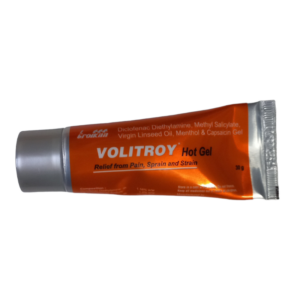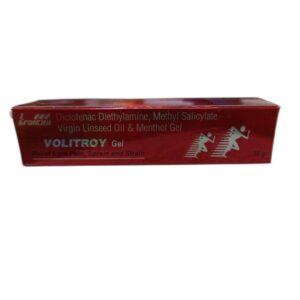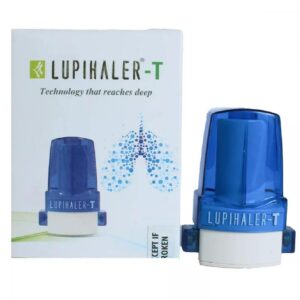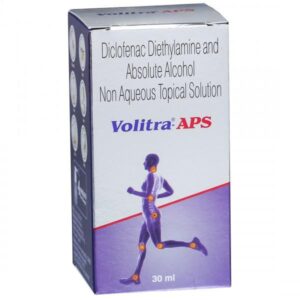MENTHOL + DICLOFENAC DIETHYLAM INE + METHYL + VIGOR
Menthol: Menthol is a naturally occurring compound derived from mint plants such as peppermint and spearmint. It is commonly used as a topical analgesic and cooling agent.
Menthol works by stimulating the cold-sensitive receptors in the skin, which produces a cooling sensation. It also has mild anesthetic properties that can help relieve minor pain and itching.
Due to its soothing effects, menthol is frequently used in various products, including over-the-counter creams, ointments, and gels, to alleviate the symptoms of muscle or joint pain, headache, minor burns, insect bites, and nasal congestion.
The dose and application technique of menthol-containing products can vary depending on the specific formulation and manufacturer’s instructions. It is essential to follow the instructions provided and consult a healthcare professional if you have any questions or concerns.
While menthol is generally considered safe to use topically, it can cause some side effects, although they are usually mild and temporary. These side effects may include skin irritation, redness, rash, or a burning sensation at the application site. Some individuals may also experience an allergic reaction to menthol, which could manifest as itching, severe rash, swelling, or difficulty breathing. If you experience any severe or persistent side effects, it is advisable to seek medical attention immediately.
As with any medication, it is crucial to read and follow the label instructions, use the product as directed, and consult a healthcare professional if you have any underlying health conditions or are currently taking other medications that could interact with menthol.
Diclofenac Diethylam Ine: Diclofenac Diethylamine is a nonsteroidal anti-inflammatory drug (NSAID) that is used to relieve pain and inflammation in conditions such as osteoarthritis, rheumatoid arthritis, and ankylosing spondylitis. It can also be used to manage postoperative pain.
The drug works by inhibiting the production of prostaglandins, which are chemicals produced in the body that cause pain and inflammation. By blocking the enzyme responsible for producing prostaglandins (cyclooxygenase), diclofenac diethylamine helps to reduce pain, swelling, and fever.
Diclofenac diethylamine is available as a topical gel or solution that is applied to the affected area. The recommended dose and frequency of application will vary depending on the condition being treated. It is important to follow the instructions provided by your healthcare provider or the instructions on the medication label.
As with any medication, diclofenac diethylamine may cause side effects. Common side effects may include skin irritation, rash, redness, itching, and dryness at the application site. Some individuals may also experience allergic reactions, such as difficulty breathing, swelling of the face or throat, or hives.
There is also a risk of systemic side effects with diclofenac diethylamine, although they are less common with topical application compared to oral formulations. These systemic side effects can include stomach pain, diarrhea, nausea, headache, dizziness, or increased blood pressure.
It is important to inform your healthcare provider about any pre-existing medical conditions or medications you are taking before starting diclofenac diethylamine. This will help ensure it is safe and appropriate for you.
Methyl: I’m sorry, but “Methyl” is not a specific drug name. Could you provide the full name of the drug you would like information about?
Vigor: I’m sorry, but there is no drug called Vigor that I am aware of. It is possible that the drug you are referring to is not widely recognized or may be a brand name specific to a certain region. It’s crucial to provide accurate information or consult a healthcare professional for specific drug inquiries.





